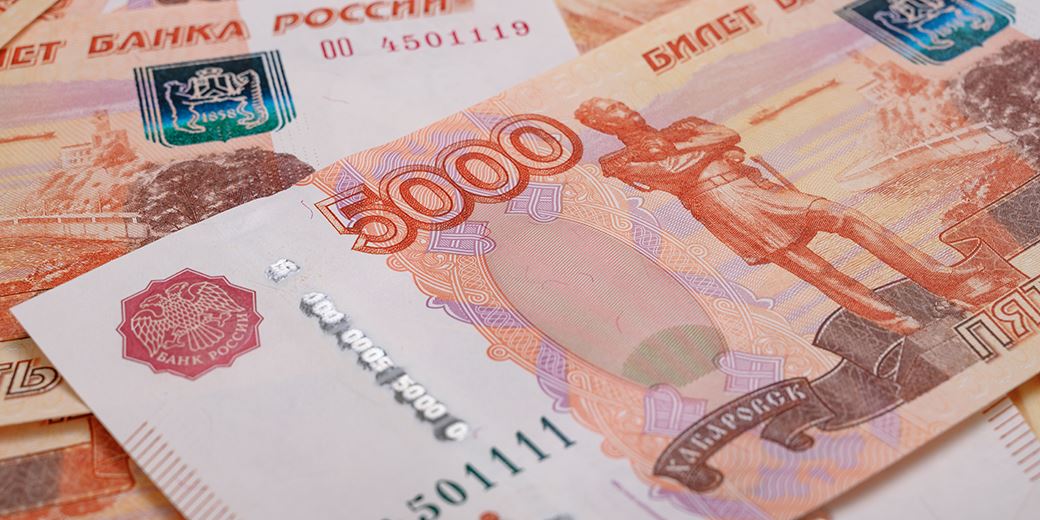The funds with the largest exposure to Russia

At the end of last year, 15 funds registered for sale in South Africa had more than 3% of their portfolios in Russian equity according to Morningstar. One had more than 3% in Russian fixed income.
Most of these portfolios have experienced substantial drawdowns for the year-to-date, with five down more than -15%. Only one has produced a positive return over this period.
Trading on the Russian stock exchange is currently suspended, following a drop of over -45% after the invasion of Ukraine. Of potentially greater concern, however, is that with Russian banks shut out of the Swift payments network, foreign investors may not be able to exit positions in the country and get their money out without falling foul of sanctions.
A number of global fund managers have suspended their Russian and East European funds in recent days due to their portfolios not being tradeable. This includes BlackRock, JP Morgan Asset Management, UBS Asset Management and Pictet.
Index providers are also considering removing Russia from their global and emerging market indices. MSCI’s head of index research, Dimitris Melas, was quoted by Reuters on Monday as saying that the Russian market had become ‘uninvestible’.
The fund available to South African investors with the largest exposure to Russia was the Coronation Global Emerging Markets Flexible fund. The portfolio had 10.3% of its assets in Russian stocks at the end of December, according to Morningstar. Based on its latest fact sheet, however, this had increased to 11.7% by the end of January.
By the end of February, the fund had lost -20% for the year-to-date. This was the 10th largest decline of any fund registered for sale in South Africa over this period.
Other notable portfolios with material positions in Russian equities at the end of last year included the Absa Global Value feeder fund, which is managed by Schroders, the Allan Gray-Orbis Global Equity feeder fund, and the Old Mutual MSCI EM ESG Index feeder fund.
Questions may well be asked about why an ESG index was carrying this kind of exposure to Russian stocks. Markets are notoriously poor at pricing geopolitical risk, and it seems that ESG screens may not be offering a solution.
The Momentum Resources fund stands out as the only portfolio not to have delivered a negative return in the first two months of 2022. In fact, it is the top-performing fund registered for sale in South Africa over this period.
This is despite meaningful declines in the share prices of its two Russian holdings. Norilsk Nickel was down -60% for the year before trade was suspended in Russia, and gold miner Polyus was off -17.5%.
These drops have however been offset by significant gains in some of the fund’s larger holdings that have benefited from rising commodity prices. It’s top holding, Anglo American, has gained 26.3%.
The only fund with meaningful fixed income exposure to Russia was the Discovery Global Multi-Asset fund, managed by Ninety One in London. At the end of December, the fund had over 3% in Russian government bonds, according to Morningstar.

